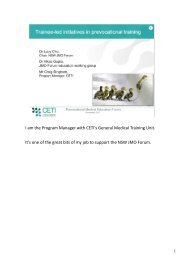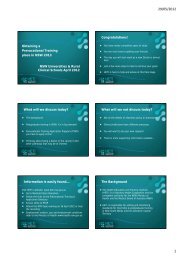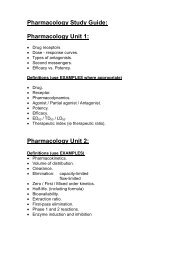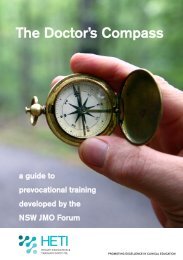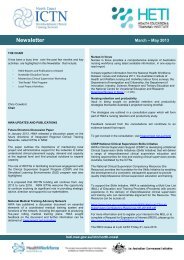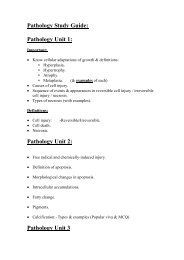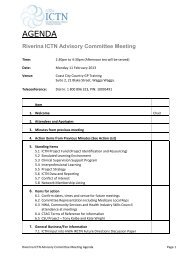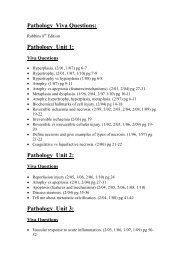Open - HETI - NSW Government
Open - HETI - NSW Government
Open - HETI - NSW Government
- No tags were found...
You also want an ePaper? Increase the reach of your titles
YUMPU automatically turns print PDFs into web optimized ePapers that Google loves.
Mentors, coaches and buddiesThe administrative roleCoaching and mentoring can be used to complement an existing supervisory relationship or when the supervisorfeels he or she does not have specific knowledge, skill and expertise in a particular area of the supervisee’s interest(such as research) or a specific therapeutic modality. In this situation, the supervisor can source support from anappropriate colleague to act as a mentor or coach to the supervisee.Providing a mentor, coach or buddy can be an effective way of:• introducing a supervisee to a new facility or a new clinical area;• supporting personal and professional growth and development;• helping a supervisee in difficulty by giving an extra avenue of support;• building closer links within and between clinical teams.Mentoring has been described as a “developmental, caring, sharing and helping relationship where one personinvites time, know-how and effort in enhancing another person’s growth knowledge and skills”. 3Coaching is a solution-focused approach used to assist people to retrieve and utilise their personal experiences,skills, intuition and expertise in order to find creative, individual solutions to work and personal life situations. 4Buddies are pairings of clinicians (usually one who is more experienced than the other) for similar purposes.Informal mentoring, coaching and buddy relationships can naturally form in the clinical environment. They can alsobe formalised and deliberately fostered by supervisors as a support to clinical supervision. These relationships canalso form the basis of a peer supervisory relationship. Some mentors and/or coaches have skills obtainedthrough formal qualifications and training.It is important to note, mentors, coaches and buddies do not necessarily need to be from the same disciplineas the supervisee. Smith and Pilling 5 demonstrated that the use of interdisciplinary peer support was valued bynew graduate health professionals as part of an interprofessional education program.Generally speaking, a formal mentor, coach or buddy to a supervisee should not be their supervisor as the rolescan conflict.3 Shea 1999, p. 3, cited in McCloughen, A, O’Brien, L & Jackson, D (2009). Esteemed connection: creating a mentoring relationship for nurse leadership,Nursing Inquiry, 16, 326-336.4 Greene, J. & Grant, A. ( 2003). Solution-focused coaching: managing people in a complex world. Momentum Press, Great Britain.5 Smith, R. & Pilling, S. (2007). Allied Health Graduate Program – supporting the transition from student to professional in an interdisciplinary program,Journal of Interprofessional Care, 21 (3), 265-276.FIRST EDITION<strong>HETI</strong> The Superguide75



